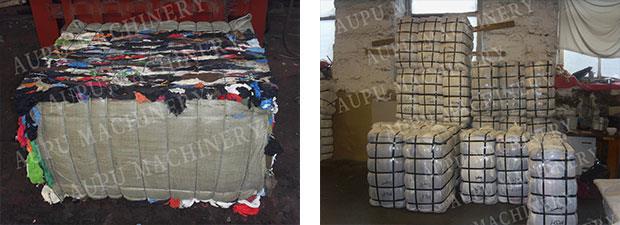Controlling the bale density of a tire baler involves a combination of mechanical adjustments, operational techniques, and material management. Here’s a detailed breakdown of key methods and factors:
1. Hydraulic Pressure Adjustment (for Hydraulic Balers)
Hydraulic systems are the primary means to control compression force in most tire balers.
- Pressure Settings: The baler’s hydraulic pump or control panel allows operators to adjust pressure levels (measured in PSI or bar). Higher pressure increases bale density by applying more force to crush tires. For example, compacting steel-belted tires may require 10–15% higher pressure than standard passenger tires.
- Cylinder Stroke: The length of the hydraulic cylinder’s stroke affects how deeply tires are compressed. A longer stroke (within the machine’s design limits) can enhance density, but over-stroking may damage the baler or cause safety hazards.
- Pressure Relief Valves: These prevent overloading by releasing excess pressure. Ensuring they are calibrated correctly is critical to maintain consistent density without risking mechanical failure.
2. Feed Rate and Material Loading
The speed and quantity of tires fed into the baler directly impact density.
- Uniform Feeding: Loading tires evenly into the compression chamber prevents uneven packing. For example, alternating tire orientations (e.g., stacking vertically and horizontally) can fill gaps and reduce air pockets.
- Avoid Overloading: While filling the chamber to capacity is ideal, overloading can stall the machine or create unstable bales. Most balers have a maximum capacity (e.g., 50–100 tires per cycle, depending on size), and operators should follow manufacturer guidelines.
- Pre-Shredding: Pre-cutting large tires (e.g., truck tires) into smaller pieces with a tire shredder can improve material flow and allow tighter compression, increasing density by 15–20%.
3. Bale Size and Chamber Dimensions
The physical design of the baler’s chamber influences final density.
- Chamber Volume: Smaller chamber sizes (e.g., 24” x 24” vs. 36” x 36”) naturally produce denser bales due to restricted space. Some balers offer adjustable chamber inserts to customize bale dimensions (e.g., width, height) for specific density needs.
- Bale Tie Placement: The timing and tightness of baling wire or strapping affect density. Securing the bale too early (before full compression) can reduce density, while delayed tying allows more force to be applied. Automatic balers often have sensors to optimize tie timing.
4. Machine Maintenance and Wear
A well-maintained baler ensures consistent compression performance.
- Hydraulic System Health: Leaky hoses, worn seals, or dirty filters reduce hydraulic efficiency, leading to inconsistent density. Regularly replacing seals and flushing hydraulic fluid (every 1,000–1,500 hours) maintains optimal pressure.
- Moving Parts: Loose chains, belts, or bearings in mechanical balers can cause slippage and reduced compression force. Tightening belts and lubricating bearings (as per the manual) minimizes energy loss during operation.
- Blade Sharpness (for Cutters): Dull blades in balers with cutting functions struggle to break down tire structures, leaving air gaps in bales. Sharpening or replacing blades every 200–300 hours ensures efficient material breakdown.
5. Material Properties
The type and condition of tires affect compressibility:
- Tire Type: Passenger tires (with less steel) compress more easily than truck or agricultural tires. For mixed tire loads, adjusting pressure in stages (e.g., low pressure for initial compression, high pressure for final compacting) can balance density.
-
Moisture Content: Wet or damp tires are harder to compress and may form clumps. Allowing tires to dry or using a dewatering process can improve density by 8–10%.








